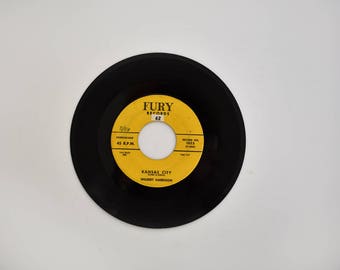
Peter and I were trading emails back and forth catching up on the latest goings ons in our lives, and Peter mentioned to me he is in the very early stages of preparing to release important musical performances from the 78 eras of recording, which of course I am thrilled about. Peter Qvortrup is preparing to release Anatoly's transfers of 78s to a wider audience, so you will be able experience what I've been listening to more easily. To my knowledge there isn't a current record label that specializes in the greatest performances from the earliest recording eras, but there is going to be one in the future, and that is good news for all of us! The Cortot compilation was on the UK's Pearl record label, now out of business, that specialized in "historical reissues". I've been scouring the literature for 78 transfers, and came across an Alfred Cortot compilation while reading Gramophone’s “250 greatest recordings of all time: chosen by 35 of the world's leading musicians” by Rob Cowan ( HERE), for example. I've had the good fortune to listen to the performances Peter has sent me, and I've played detective searching for Anatoly's transfers on commercial releases, which are difficult to find, as well as searching for other sources of 78 transfers to CD. Sorry to tease you with the unobtainable like that, but you deserve to know about them!
#33 RPM VS 45 RPM VINYL FULL#
I have been telling you about the musical treasures of the early recording eras, knowing full well that for most of you these albums are nearly impossible to find.

The 78 Experience - Feeling the Music: Alfred Cortot - Victor Recordings of 1919-1926! ( HERE).The 78 Experience - Feeling the Music: Feodor Shalyapin - Dubinuska - Folk and Prisoner Songs! ( HERE).The 78 Experience - Feeling the Music: Treasures from the Musical Archives of St.The 78 Experience - Feeling the Music: Serge Koussevitzky conducts Beethoven and Prokofiev! ( HERE).The 78 Experience: Feeling the music instead of listening to the sound - a matter of the art & the heart! ( HERE).
#33 RPM VS 45 RPM VINYL SERIES#
I was truly gobsmacked by the musical performances I heard from Anatoly's transfers, and within their frequency / noise boundaries, their fidelity was remarkable, giving a time-travel like listening experience that I found to be very alluring and thrilling.Īfter those listening sessions, I started a series of posts titled The 78 Experience - Feeling the Music to share my impressions of music sourced from 78 transfers: In February of 2020 I told you about my first experiences listening to Anatoly's 78 transfers on CD-Rs that Peter sent me. I predict that many of you will have the same sort of experience. The surface noise - like tape hiss - exists in a different plane from the music, so after a few moments of listening I tend to tune it out and not notice it. There's also surface noise from the 78s, but on the best of them, the noise is no more intrusive than the tape hiss one hears on the recordings from the magnetic era. there's less information above 6000Hz), but what is there contains a rather impressive amount of musical information. Granted, the frequency bandwidth recorded during the earliest recording eras was less than those during the magnetic or digital recording eras (i.e. Those recordings of music from the earliest recording eras were 78RPM direct-to-disc analog masters, and there was a lot of musical information stored in those grooves. Before the 1950s, before magnetic tape came onto the recording scene, those 78s were direct-to-disc recordings. What we audiophiles don't often consider is the direct-to-disc aspect of many of those early recording eras.

Those direct-to-disc recordings provided enhanced fidelity and a deeper glimpse into the music, something that audiophiles were eager to learn about and hear, and continue to cherish to this day. The same sort of analogy holds true for 78 RPM recordings from earlier recording eras, and it turns out there's a lot more musical information in those ancient grooves than one might expect.Īudiophiles also have a special reverence for direct-to-disc recordings, as they bypass generations of master tapes, mix downs, tape hiss, and other sorts of manipulations and limitations that decrease the fidelity of recorded performances. 45 RPM program material, it is immediately obvious that 45 RPM provides greater fidelity than 33 RPM.

When you listen to identical tracks of 33 RPM vs. Why 45 RPM? As the RPM goes up so does the amount of recorded information that gets laid down in a record groove. Today, premium audiophile reissue labels, like Chad Kassem's Analogue Productions, reissue recordings popular with audiophiles on 45 RPM vinyl.


 0 kommentar(er)
0 kommentar(er)
